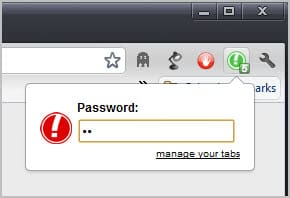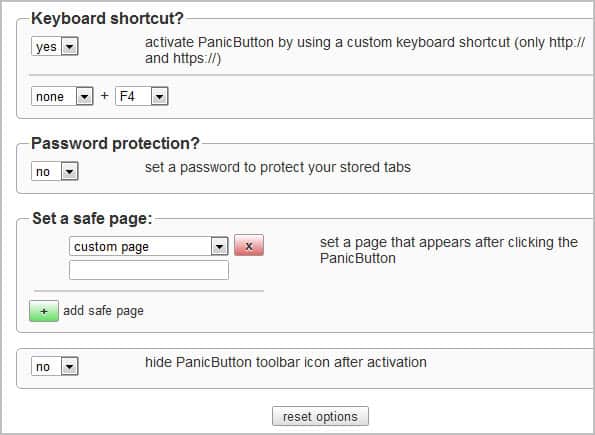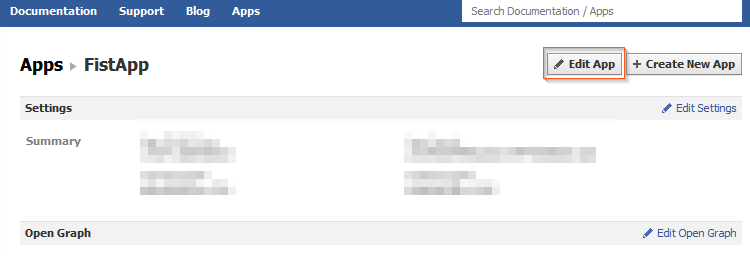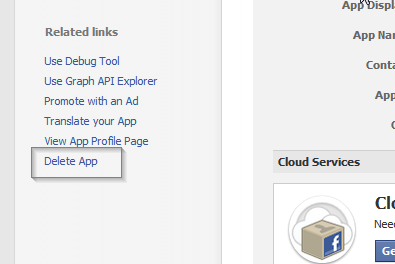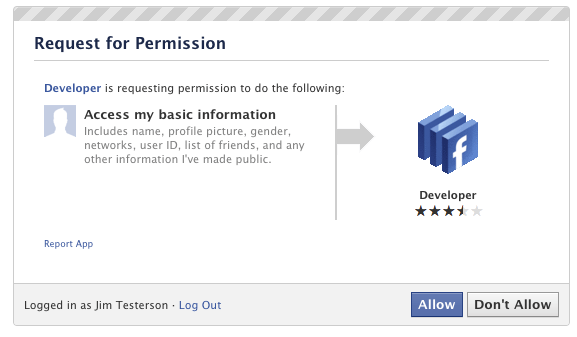Apple devices can be addictive: People buy one tiny iPod, fall in love, and end up with three or four other Apple products. Now if only they could see all their data on all those devices simultaneously.
Starting today, they can.
 Thanks to iCloud, the iPhone, iPad and iPod Touch all have the same document with no work on the user’s part.
Thanks to iCloud, the iPhone, iPad and iPod Touch all have the same document with no work on the user’s part.
ICloud is designed to store and replicate documents, music, apps and 1,000 photos on PCs, the iPhone, iPod Touch and iPad. It also syncs contacts, calendars and email so all your machines and devices have the same data and content. It will back up five gigabytes of data, but certain types aren’t counted against that total. The best part: It’s free.
I’ve been testing iCloud’s sync ability between a MacBook Pro, iPhone 4S and iPad 3G. I also accessed and added content using iCloud.com. At first, I ran into a few hiccups with syncing photos, but an Apple spokesman explained that the company’s servers were occasionally down while they were being prepared for Wednesday’s iCloud launch. After that, iCloud worked without a hitch—well enough that I stopped thinking about which device held what since they were all updated with the same content.
On the downside, iCloud doesn’t automatically sync videos to other devices. In WiFi, it won’t sync edited photos if edits are made on a device after its camera app is closed. (This includes removing red eye, cropping and auto-enhancing images.) And document sharing on iCloud is focused on sharing with oneself, not with other people, unlike the document-sharing solutions from Google and Microsoft.
I found iCloud’s most useful feature to be Photo Stream, which automatically sends images captured by an iPhone, iPad and iPod Touch up to iCloud and replicates them on all other iCloud devices, one by one. Watching these photos pop onto the screen of my computer, iPad or iPhone was nothing short of delightful.
Photos are pushed via iCloud to the Mac and PC in their full resolution and sent to the iPad, iPod Touch or iPhone in a resolution that’s optimized for those displays.
 Photo Stream sends images captured by mobile devices, such as the iPhone and iPad, up to iCloud and replicates them on all other iCloud devices,
Photo Stream sends images captured by mobile devices, such as the iPhone and iPad, up to iCloud and replicates them on all other iCloud devices,
By default, any images imported to a PC or Mac are automatically sent into Photo Stream, though this setting can be turned off. Devices need only be powered on and in WiFi to receive images from Photo Stream.
Each photo remains in Photo Stream for







